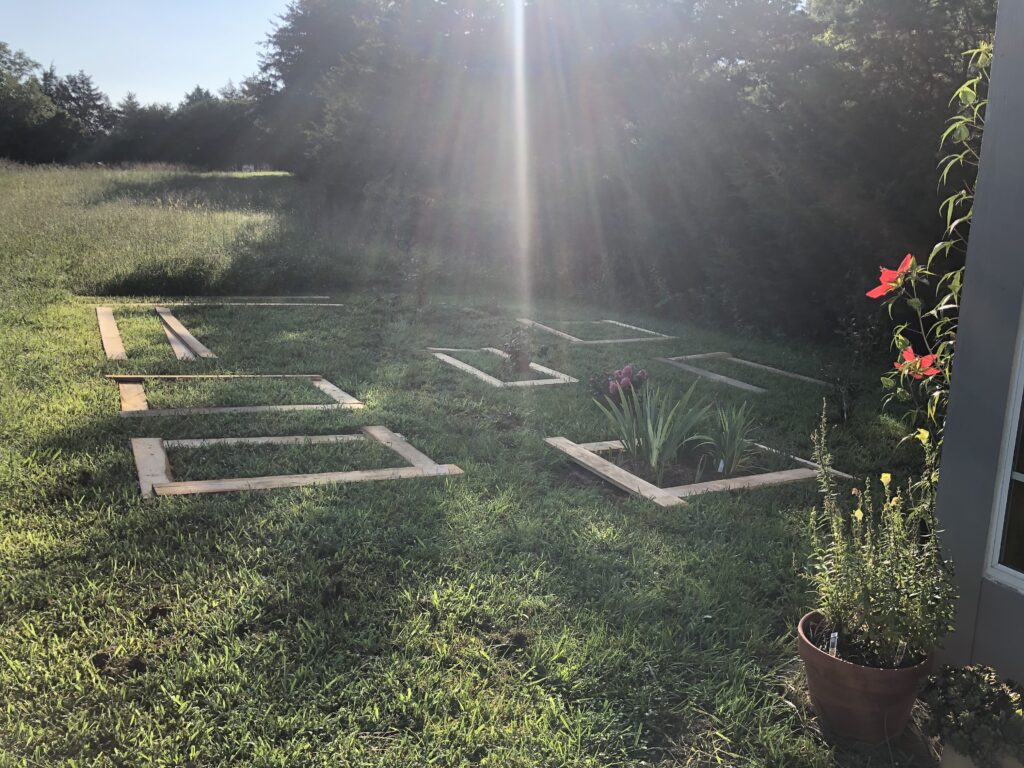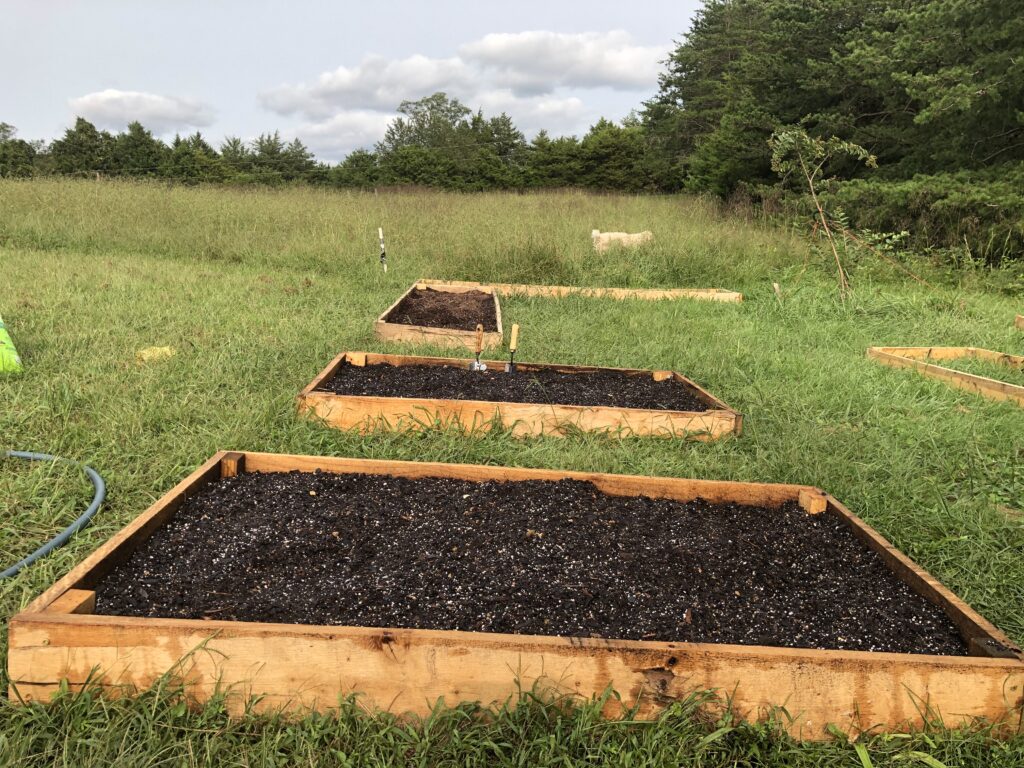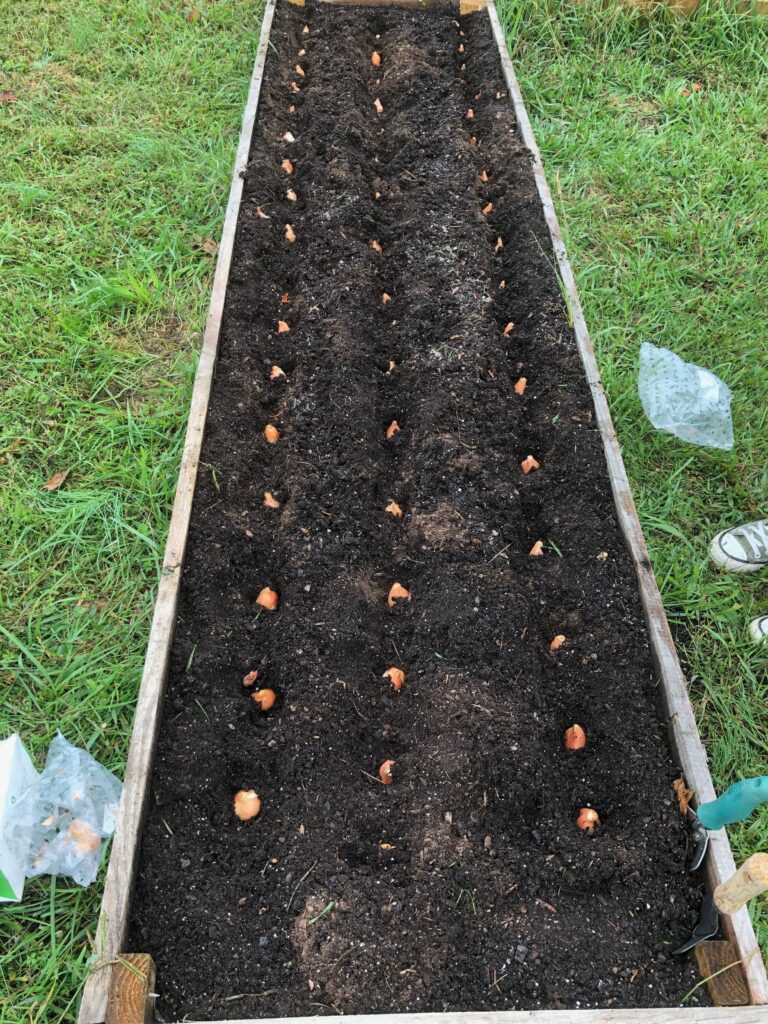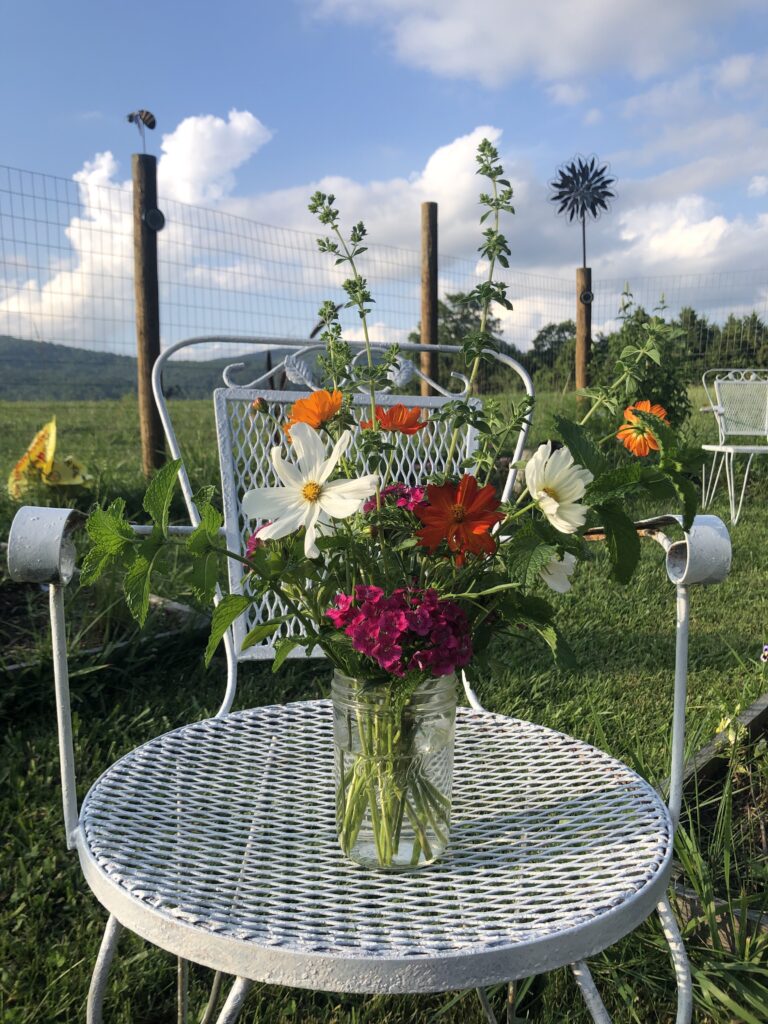
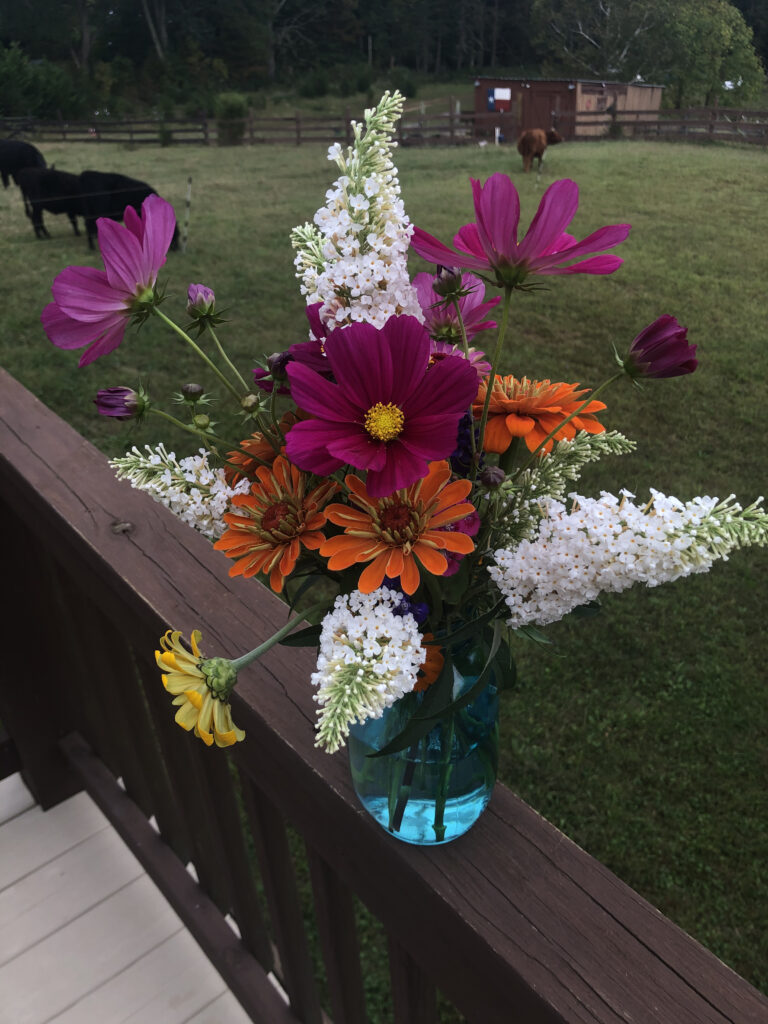
Perfect for Beginners on a Budget
Cut flowers make great bouquets for photoshoots and special occasions.
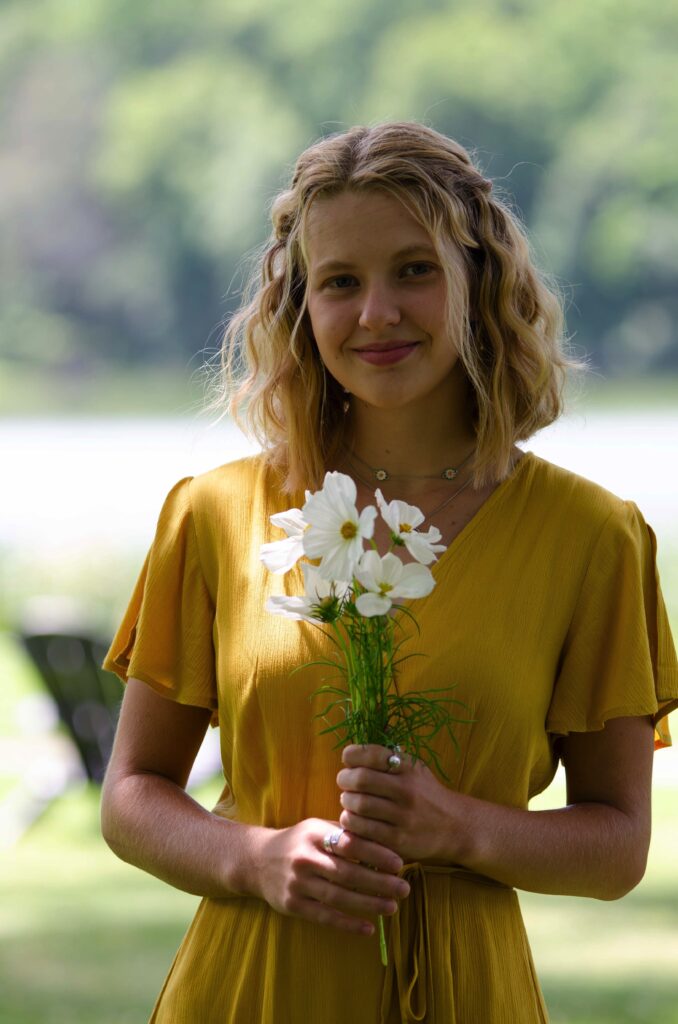
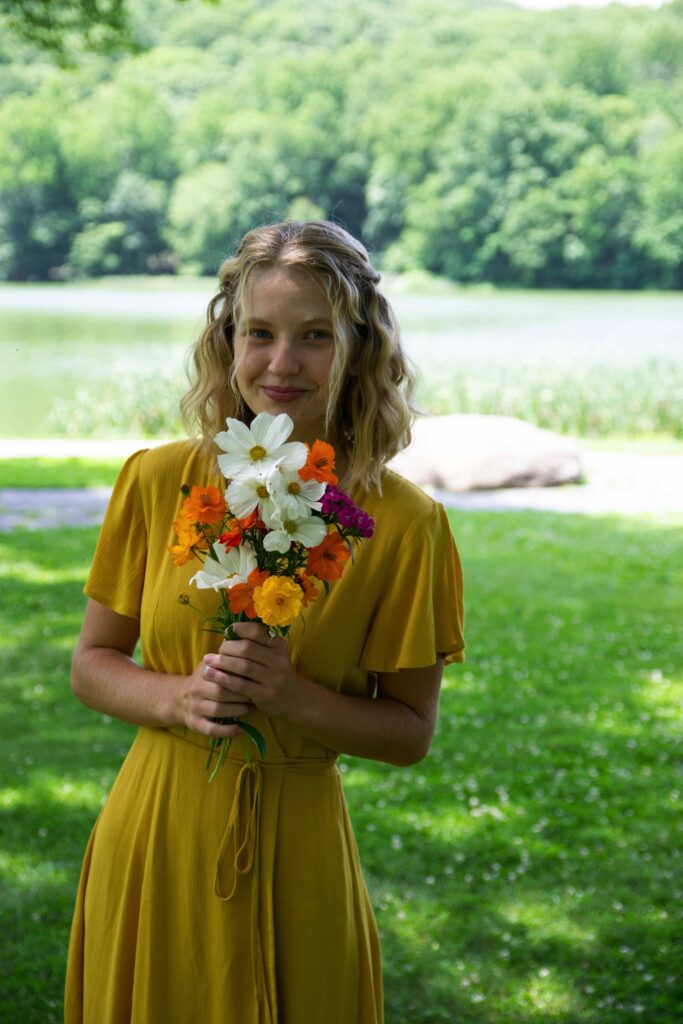
Do you love beautiful flowers? Are you hoping to have fresh cut seasonal flowers to sell? Perhaps you’d like to have your own cut flower garden, or maybe you have a special occasion coming up. According to The Flower Farmer: An Organic Grower’s Guide to Raising and Selling Cut Flowers, by Lynn Bycznski, “cut flowers are the most profitable crop you can grow, worth $25,000 to $30,000 per acre”. Therefore, even growing them on a smaller scale can be very profitable.
Whatever the reason, or if you simply want to adorn your home or office, starting a cut flower garden is completely attainable. Seeds are usually inexpensive, and once you establish your garden with the proper amendments to the soil, you are ready to go. Even if the space requires fencing, that is a tool that can be budget friendly, moderate, or pricier, depending upon your preferences.
Location, location, location
Consider two things in the planning stages of your garden…zone and location!
Know Your Region’s Zone
Knowing your region’s zone will help you determine which plants are most likely to thrive and survive, so you can hone in on ideal plants and know which ones to rule out.
For example, the fragrance of Confederate Jasmine is amazing. Yet, in zone 7 of Virginia, where jasmine isn’t likely to survive winters, the outcome of growing it is likely to be disappointing. The winters can be harsh, and if it doesn’t die completely, it will likely grow back stunted. That’s an example of why it’s important to know your zone.
Locate the Ideal Place for Your Garden
The other thing to consider is location. Where will your garden or raised beds be positioned? Most flowers need full sun or partial sunlight. They may fare well with afternoon shade, but the location where they are planted should offer adequate sun. For example, a garden located under a canopy of trees is unlikely to thrive. When considering location, consider the area and its drainage, too.
Evaluate Your Cut Flower Garden Goals
What’s the purpose of your cut flower garden? What is the desired outcome of your planting? Consider your goals and your garden’s purpose. Is your garden for your personal enjoyment? Are you hoping to attract pollinators to it?
Is your primary goal to make a profit? If so, who are your clients? Farmers markets or special occasions? Will your flowers need protection from deer or other animals? You may need to consider a location where you can protect flowers with fencing, which is something I’ll address below.
Do you need a child or pet friendly garden, with plants that are considered nontoxic?
Is your garden for special occassions? If so, is there a definite time frame when your flowers need to be harvested? How about the time between harvest and the occasion; will you need flowers with a long vase life?
Do you prefer flower varieties that are considered low maintenance? How about bulbs or perrenials that will produce flowers next year at the same time?
These are questions whose answers may help steer you towards determining your garden’s purpose.
In-Ground or Raised Bed Cut Flower Garden
Now that you’ve selected the location for your cut flower garden, and decided if your garden is in-ground or a raised bed garden, it’s time to prep the space. For in-ground gardens, depending upon soil quality, you may need to till in soil elements (addressed below). If you’re opting for a raised bed garden, now is the time to either purchase raised beds, kits, or build your own boxes.
As shown above, this cut flower garden was started with raised beds, made from untreated rough cut boards. The reason for untreated was to have the future option for planting edibles, without the concern of chemicals from treated boards leaching into the soil. It was an inexpensive alternative. Basically, the owner of a local mill cut them out of oak while we waited. Call around, or check Facebook, for local mill contacts.
Black Kow for Cut Flower Gardens
You’ll need to fill your boxes with a good quality soil and manure, such as Black Kow. You can use it annually in your cut flower and vegetable gardens with great success. If your ground soil is lacking in quality or nutrients, you may need to till in a good quality soil blend, along with Black Kow. It is different than your average manure. Considering that you have to be careful not to allow the roots of your plants to be burned by typical manure added to soil, you don’t have to wait to plant in the soil that has just had Black Kow added to it. Click here for information on this great product, Black Kow, and how to use it.
Vermiculite, Perilite, and Peat Moss for Drainage
If your soil lacks proper drainage, you can add vermiculite and perilite to your garden. Both are lightweight volcanic rocks. Peat moss is another way to improve drainage. It is beneficial for fruit and vegetable plants that grow best in acidic soil. However, recent controversy has emerged about peat moss, because of how it is harvested, and it’s environmental impact. Research to determine if it’s best for your garden. I added all three elements to my boxes, and have had really good drainage results.
Soil Elements
Consider your soil health. Is it comprised mostly of clay, sand, silt, or rocks? How well does it drain? Does it retain moisture? If growing directly in the ground or flowerbeds, and not raised beds, you may need more or less amendments depending on your soil’s natural richness.
While there are many soil mixes on the market, Promix is preferred by many. It is a quality brand that offers many different blends of soil for various purposes. However, it doesn’t contain compost, just organic matter, and some blends like Miracle Gro’s Organic Raised Bed Gardening Mix contains compost. When starting a large project, I’ve purchased Miracle Gro’s organic mixes in bulk from Costco.
Additionally, when your soil needs fertilizer, a top quality, organic pick is always Black Kow. Black Kow describes their product as, “the all-natural organic way to improve native soil.”
The Old Farmer’s Almanac has a great article called Soil Preparation: How Do You Prepare Garden Soil for Planting? It is dedicated to soil elements and how to improve them.
Cut and Come Again
The phrase “cut and come again” may be unfamiliar to you. It refers to the flower varieties that will continue to produce more flowers the more they are cut. As they are “cut,” they will “come again”. These flowers will be important to your cut flower garden and they include, but are not limited to:
- Zinnias
- Strawflowers
- Statice
- Snapdragons
- Rudbeckia
- Marigolds
- Dahlias
- Cosmos
- Asters
- Aramanth
The Gardener’s Workshop has a podcast on Cut and Come Again Cool Flowers should you desire to dive deeper into this topic.
Annual Flower Suggestions for Beginners
Most cut flowers are annuals. Here are some of the best picks for beginners.
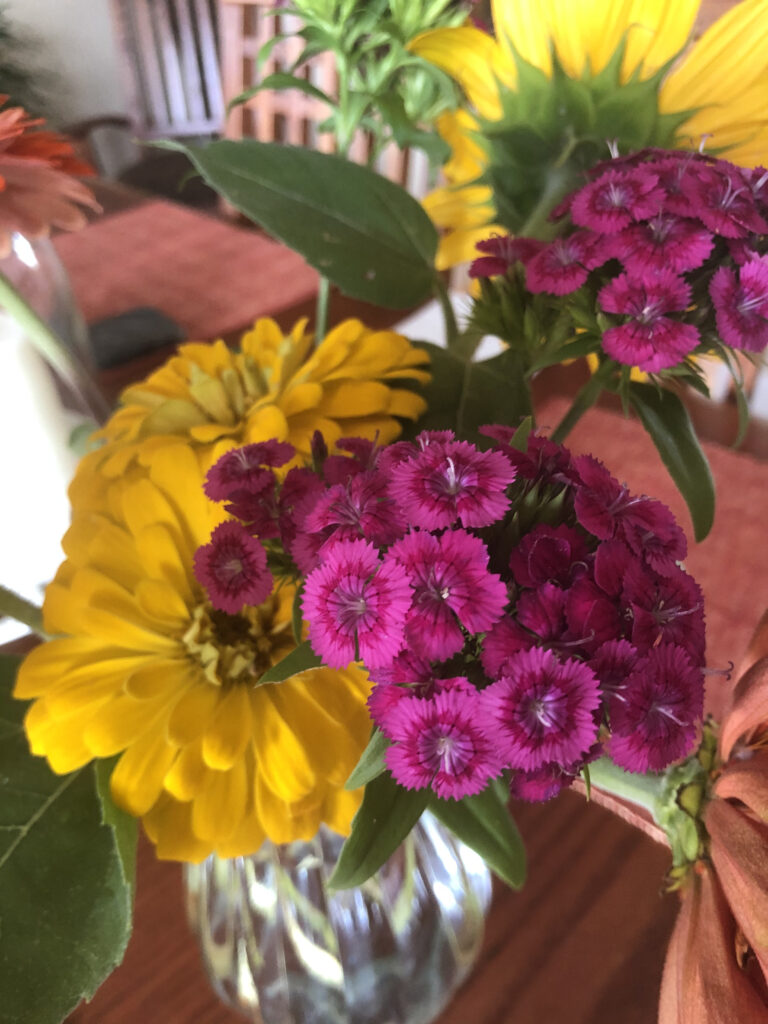
Dianthus
Dianthus flowers are super easy to grow. They bloom all season and are pest resistant. The flowers last a long time in bouquets, and they have a long vase life. Specifically, the Jolt Pink is the hybrid that I’ve had the most experience growing. At the nursery where I work, it is sold as an annual because of the hardiness zone of our state, but in other zones it’s considered a perennial. NCSU’s Extension explains the Jolt Pink Dianthus in greater detail. Beginners may prefer purchasing plants from a nursery, as they may be harder to grow from seed.
Dahlia
Dahlias are simply magnificent. In my opinion, they are CENTRAL to the cut flower world, and I’m sure others will agree with that statement. There are many dahlia varieites and a few like the Cactus, Dinner Plate, and Pompon have really caught my eye. Dahila varieties have a huge range of sizes, petal shape, and color.
The most important part about them is they need a long season to grow. Therefore, they are a flower that is harvested late in the season. They grow from tubers, and are planted in the early spring. However, they are not frost hardy. They need to be planted as early as possible, but late enough that they are safe from frost. In zones 8 and higher, they are considered a perennial. They are very sensitve to temperature. Check out the Old Farmer’s Almanac for more interesting detail about the dahlia flower and the details about how to protect it during the winter months.
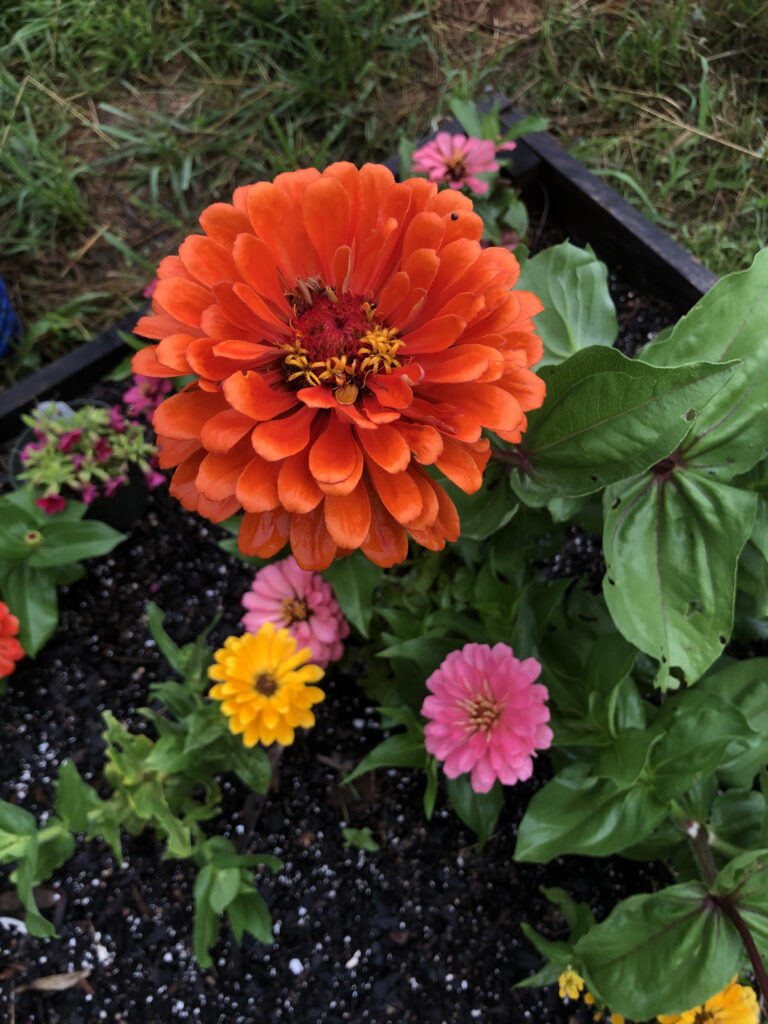
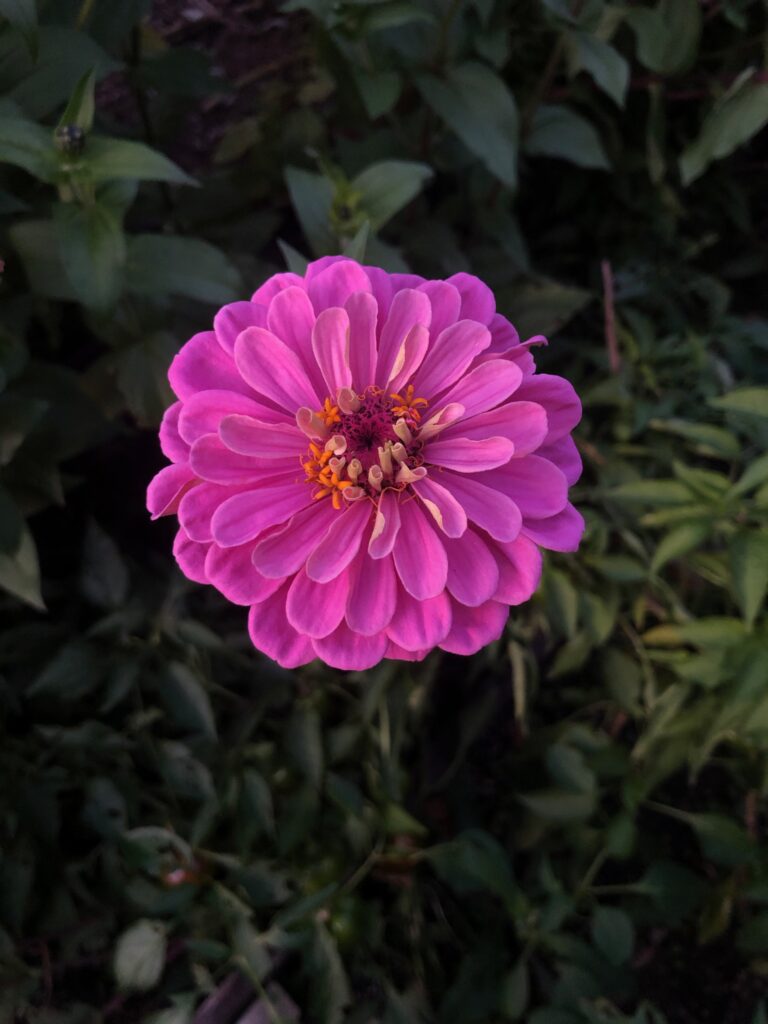
Zinnias
Zinnias are another personal favorite, because they are a fantastic all around flower. Even better, they are a “cut and come again” flower. Some have less petals than others, and the shapes of their flower heads range from simple to complex. These flowers are simple to grow from seed, and they have a pretty long vase life. They are super versatile in arragements since they are available in a multitude of colors and shapes. There is literally one for every color scheme, since they are available in so many colors.
Another benefit to zinnias is that they are a pollinator favorite. Little girls may love these because they attract butterflies.
A Word of Caution
With caution I mention this, because I don’t want to deter anyone growing from these amazing flowers. However, late season, in most climates, they are susceptible to powdery mildew. Mine bloom until about mid October, before the flowers are severely affected by the climate or mildew. At that point, they are past the point of rehabilitation, and just can’t be used.
Hard Working Flower
The Chicago Botanic Garden refers to them as The Hardest-Working Flower in the Summer Garden. Here they share all kinds of details about this truly great flower.
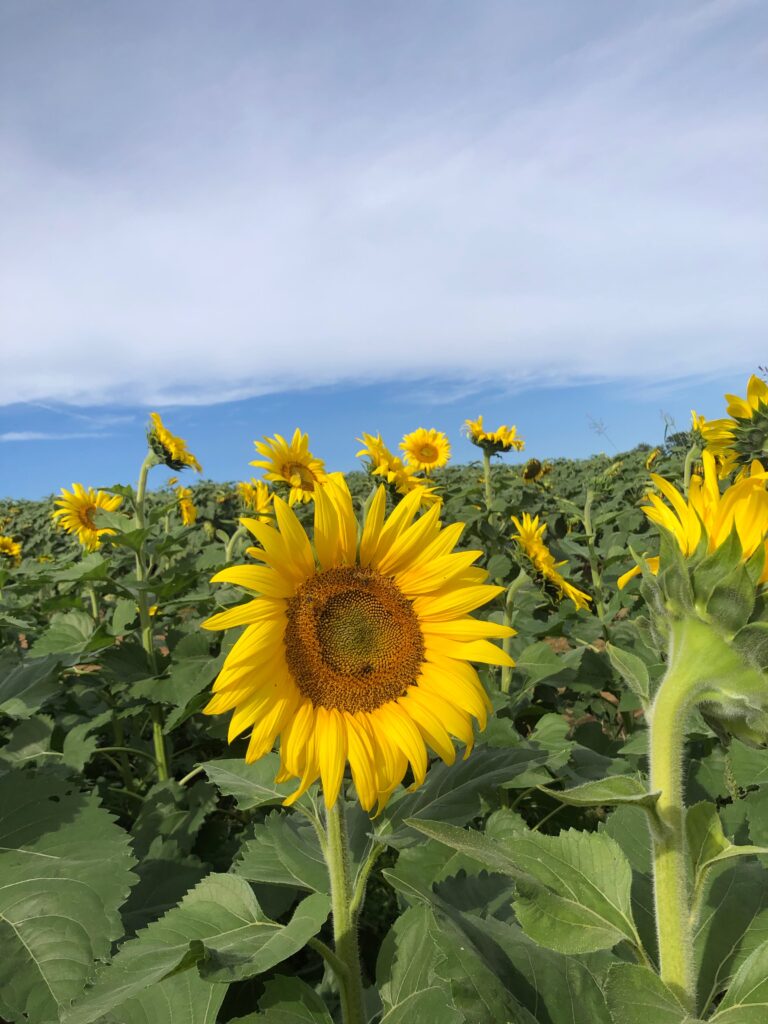

Sunflowers
Sunflowers are simply beautiful and look great in a cut flower arragement. I grow them every year, and have enjoyed experimenting with their many different varieites. You can customize them based on larger or smaller blooms and colors.
Sunflower Varieties
Striklingly, they are available in shades of yellow, orange, red, or brown. Different varieties of sunflowers offer different textures. For example, teddy bear sunflowers are fuzzier than the traditonal sunflower that people picture growing tall. If you are planning to use sunflowers as part of a vase arrangement, you don’t want too big of a sunflower, like the mammoth varieties. While mammoth varieties are pretty, they are better for borders around your garden, or for astetheic purposes. If you attempt to arrange flowers with the giant heads, you may have difficulty, or the vase they may be top heavy.
I love the beauty of arragements that include sunflowers. They are eye catching, and always receive compliments. If you have the space, you may consider growing several varieties. I recommend growing them in succession, so that you will have the option of using them in your arragements over a longer span of time.
Sunflower Pollen
Some sunflower varieties produce more pollen than others. The newer hybrids are designed to produce less pollen and are, therefore, less messy when placed in a vase. I’ve found less mess with pollen to be a benefit for dining table arrangements.
Garden Design offers a lot of detail about growing sunflowers and also breaks down the various varieties.
Spacing Sunflowers
More spacing between sunflowers allows for bigger heads. Some, like the mamoth, have one great big head. Others may have 10 small heads on a single stalk.
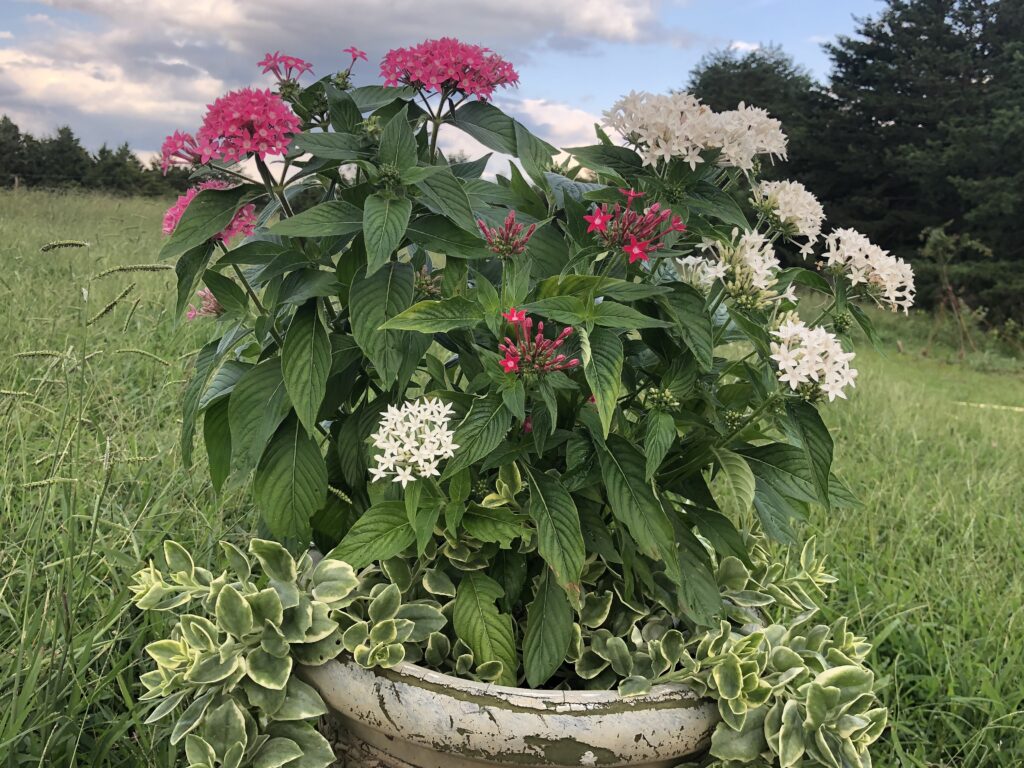
Pentas
Pentas are average as a cut flower, but they are also resilient. While they don’t have very long stems, and they may be less desirable in professional arrangement settings, they are pretty. Additionally, they bring in a lot of pollinators. Better Homes & Gardens offers helpful info on how to care for these pollinator attracting flowers.
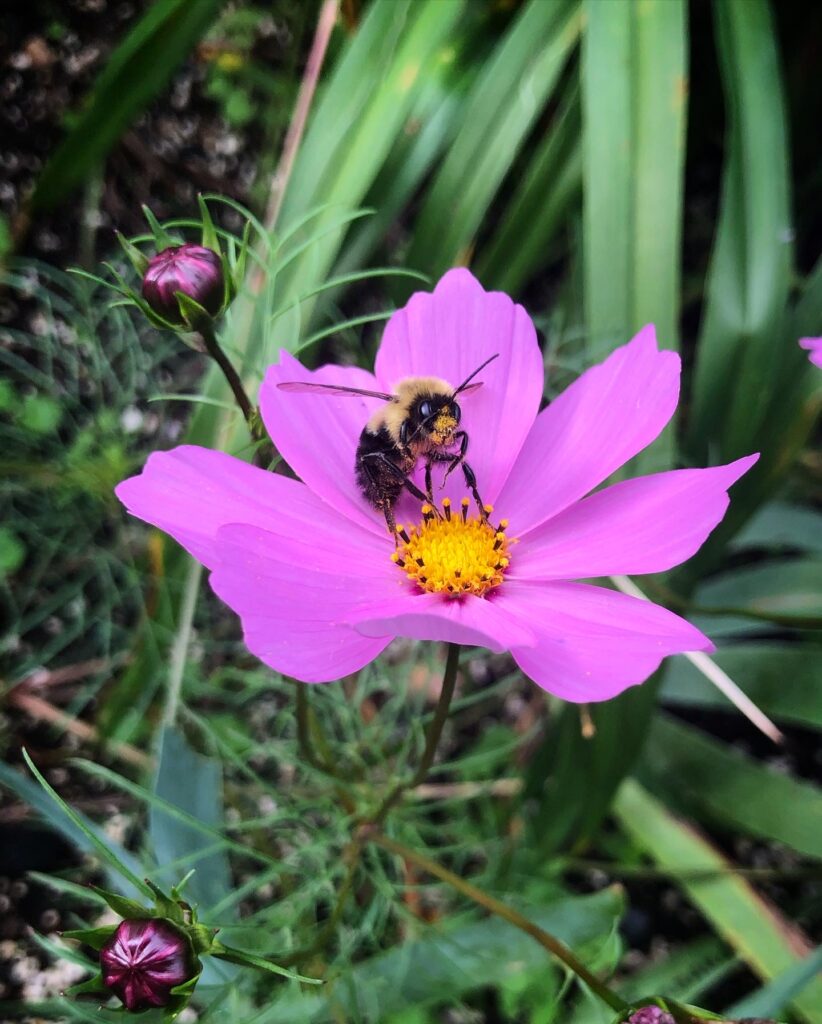
Cosmos
These flowers grow well from seed and they are also considered “cut and come again” flowers. They are dainty, elegant, and they offer a unique flair to arrangments.
Speaking of dainty and elegant, I have admired the Cupcake Cosmos. It has a unique petal shape that mimics a cupcake, or muffin liner, with ruffled edges and an opaque color.
With lots of blooms, their growth habit is considered bushy. However, the are not considered a flower with a long vase life. Cosmos are available in a range of colors. While I don’t have personal experience growing these, I admire their beauty. Check out the 43 Cosmos Flowers at Swallowtail Garden Seeds.
Perennial Flower Suggestions for Beginners
Perennials are low maintenance and can be just as pretty as annuals. Sometimes they may be a little pricier, but that’s because of less maintenance, and their increased longevity. In general, they have a longer germination period. Keep in mind that a perennial usually won’t produce blooms the first year after planting. Therefore, in my opinion, it may be better to spend the few extra bucks to buy perennials as young plants, so you don’t have to put time into the extra care with raising them from seed.
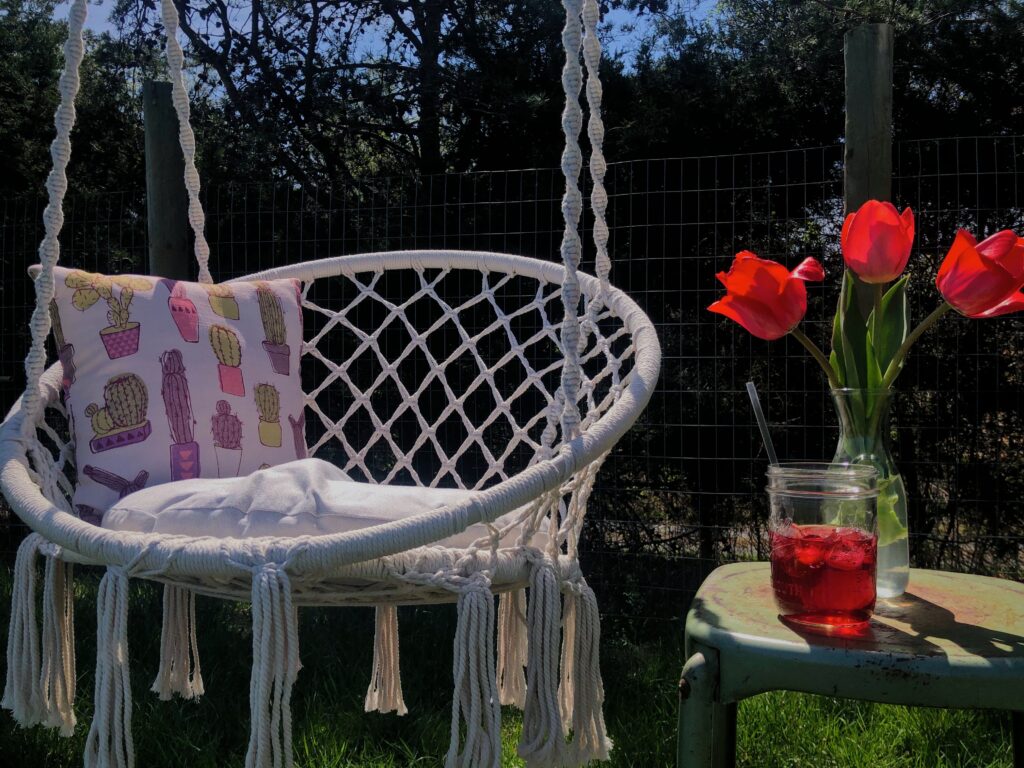
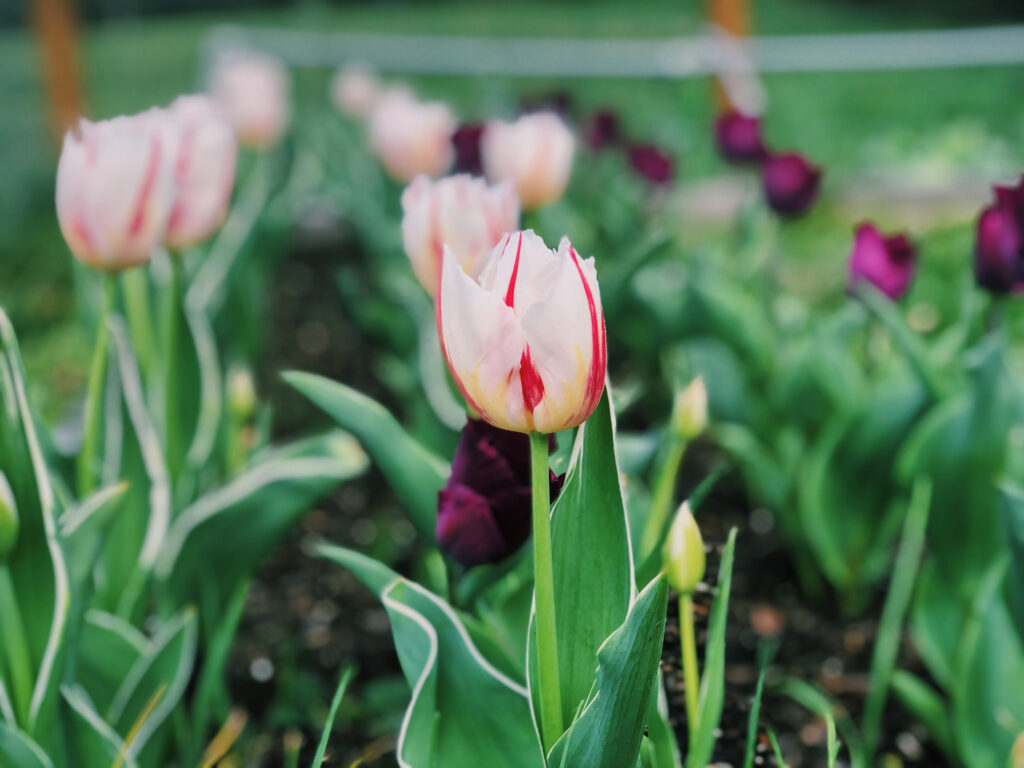
Tulips
Tulips are super easy to grow. With over 3,000 varieties of tulips registered, there’s a lot to explore! Their flowerhead is elegant, and they come in a pretty wide range of colors and petal shapes. Tuilips need to be picked early. They are a fall bulb, which means you will need to prep soil and plant in the fall for spring color.
For some people, and issue with these is that squirrels may be a nuisance to them, as they are often attracted to bulbs. Their sensitivity to excess moisture is another issue, so proper drainage is very important. Some of the newer varieties don’t grow as perrenials. What I mean by that, is that they will only last a few years and they seem to lose their vigor as they age. The Carnaval de Rio Tuilp is one of my favorites, because of the white stripe that runs along the edge. It is elegant and defining.
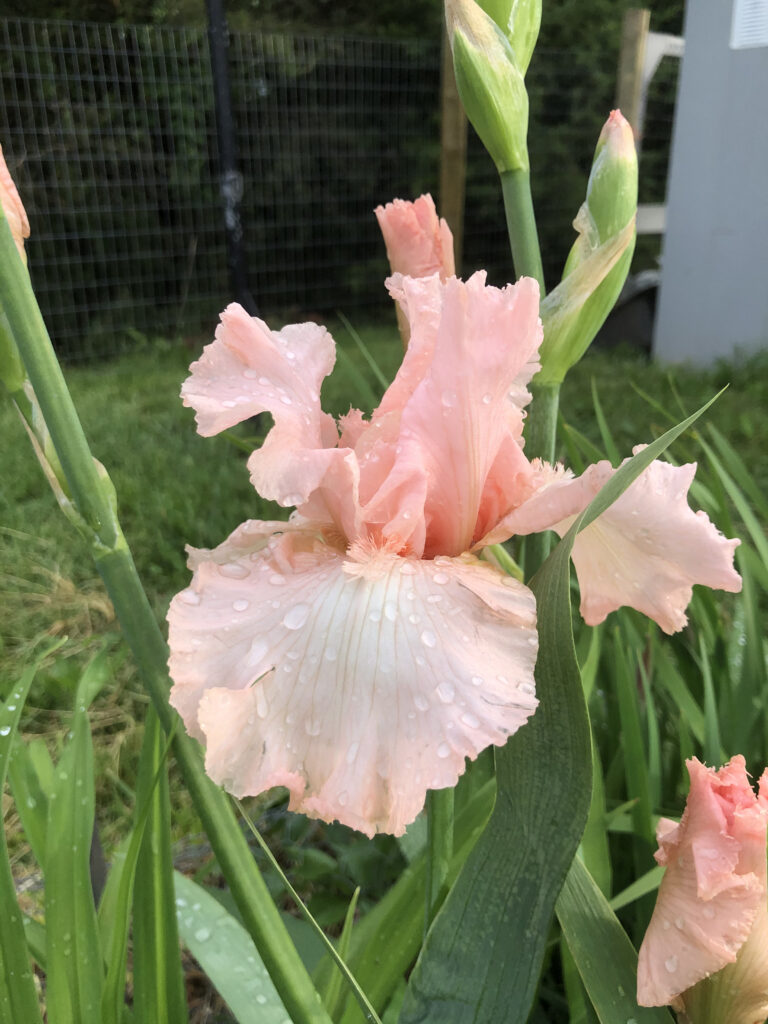
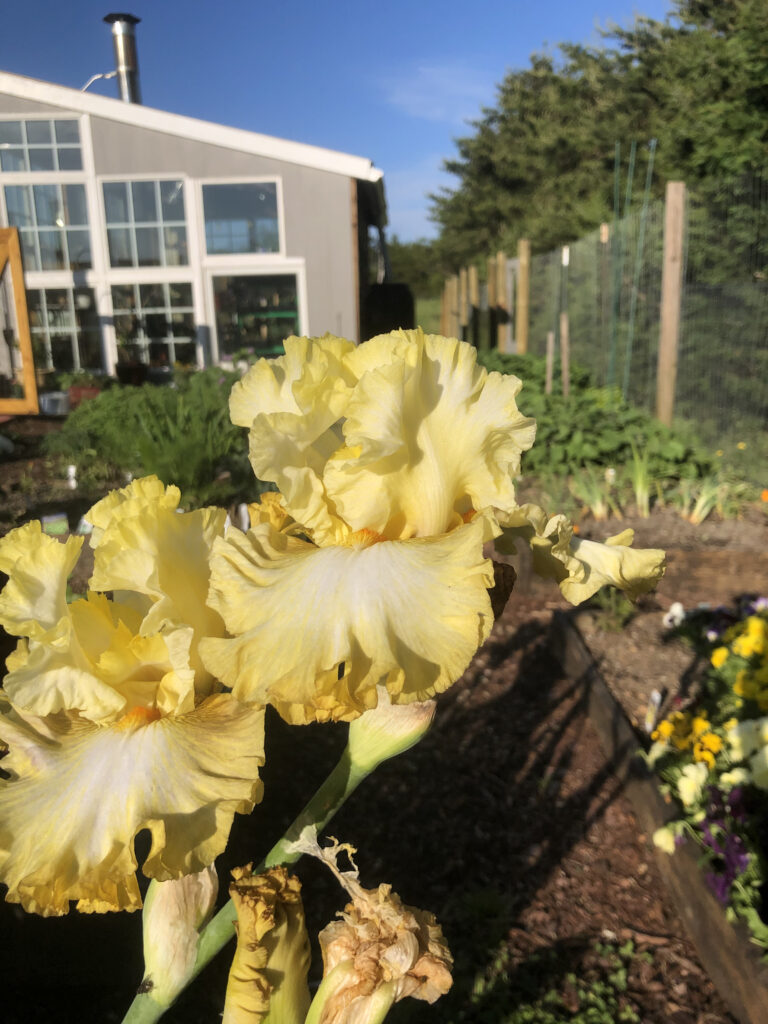
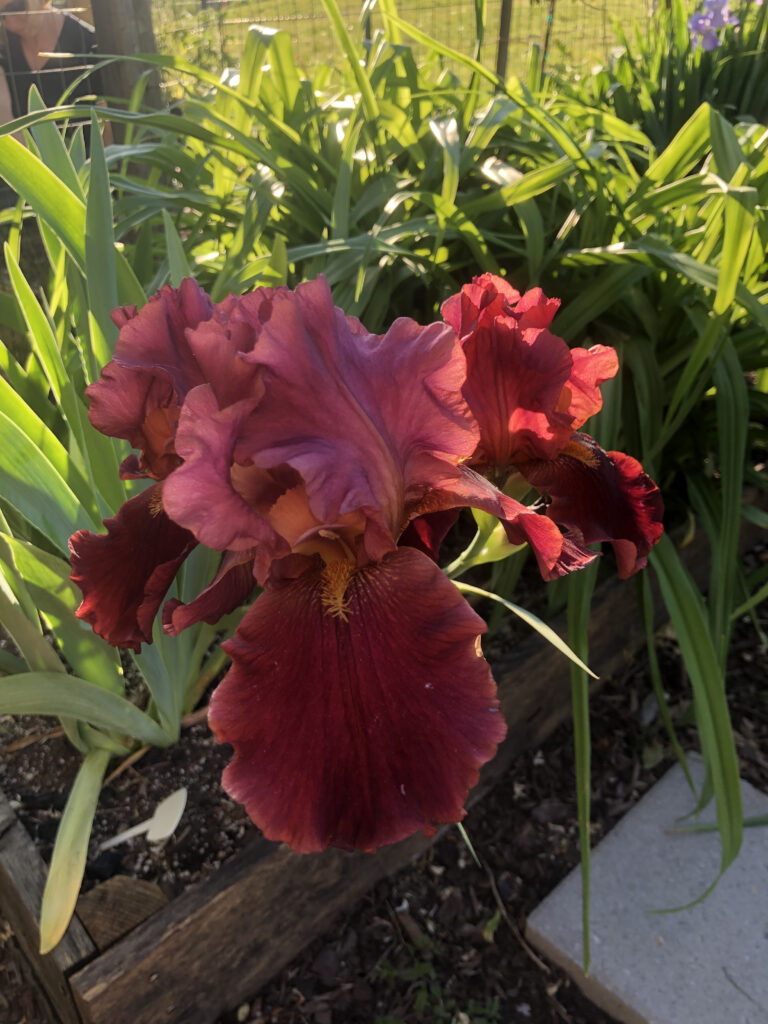
Irises
Irises come in an array of colors, offering endless combinations. What is so striking about them is their fragrance; it’s just insanely wonderful. They grow from rhizome, which is similar to a tuber/bulb, except that they grow on the surface of the ground, instead of underneath the soil. Iris tubers need to be divided every second year.
The short term beauty and easy mainteance make the iris a no brainer of a choice for a cut flower garden. Although, these elegant flowers don’t have a long vase life.
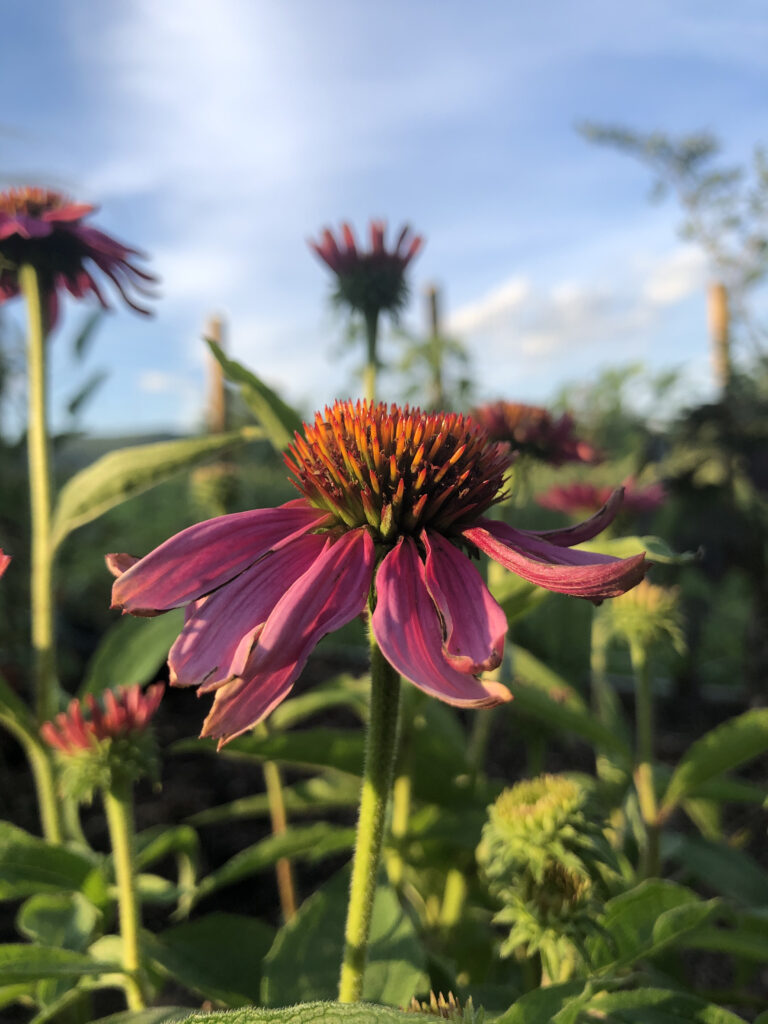
Coneflower (aka Echinacea)
Echinacea is a long lasting cut flower, yet slow growing. The plant itself doesn’t take up a lot of space, since it doesn’t grow very wide. Arrangments benefit from added height and dimension. Mixed with other select varieites of flowers, the echinicea flower appears somewhat whimsical. The plant itself also offers medicinal benefits.
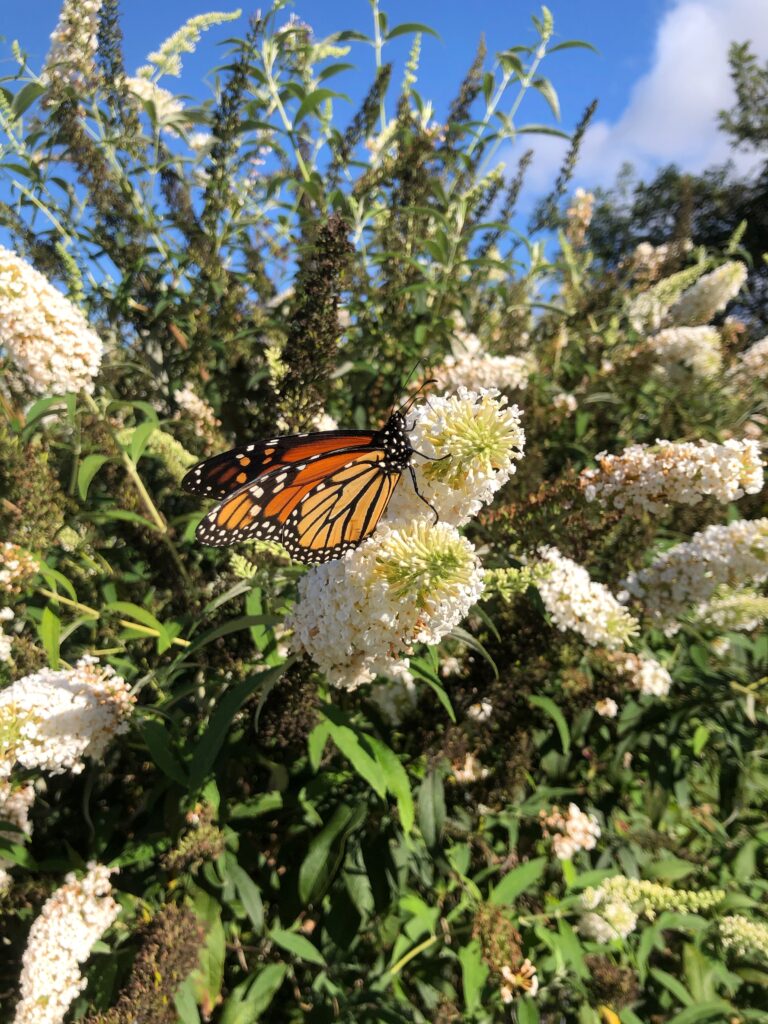
Butterfly Bush (aka Buddleja)
One of my favorites is the butterfly bush. I have enjoyed watching the peaceful fluttering of many butterflies and hummingbirds around this bush. There are two in my garden, and I can attest that they definitely bring in pollinators. It’s also a hardy bush, and offers an abundance of blooms. As a shrub, and not just a plant, it is going to take up a fair amount of space. I cut my butterfly bushes back twice a year because of where I have them planted. Therefore, plan accordingly for lighting requirements for other plants near this one.
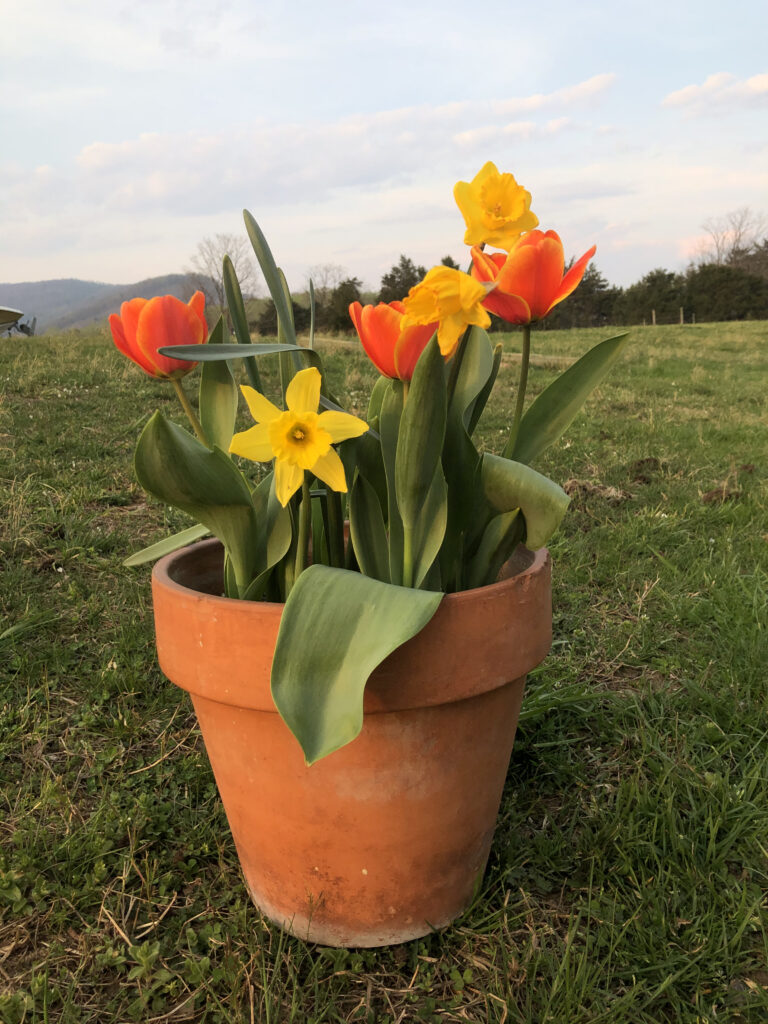
Daffodils
This beauty is super easy to grow. A fall bulb, daffodils come back religiously. You can find them in a few different shades of yellow, white, peach, orange, or combinatons of those colors. When I see the daffodils blooming, I know that spring is almost here. They are a cheery flower, that is usually my first flower of the season to be arranged in a vase.
Keep in the mind, daffodils cannot be put in arrangments with other kinds of flowers. They can only be arranged with other varieties of daffodils. This is due to the stem’s sticky sap. This sap causes other flowers to wilt. However, there aren’t many other flowers that bloom in the early spring like they do.
Combating Deer
Oh Deer! My personal experience with deer is that they will eat anything if they are hungry enough. I have found that they leave the knockout roses alone. Having said that, generally they are picky on texture and scent. Deer don’t like spiky, sharp, or rigid leaves. Strong herbal scents have been used as deterrents, so herbs may deter them.
I used chicken wire over my boxes, when I initially installed them. That was just enough to protect emerging seedlings, until my fencing was installed.
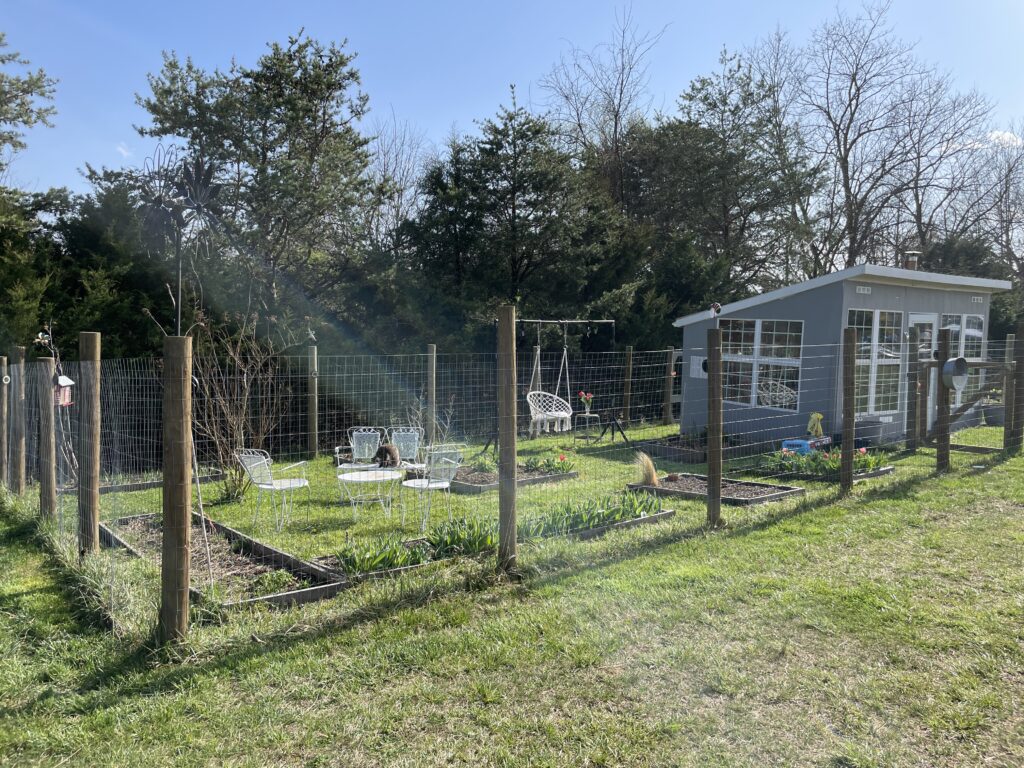
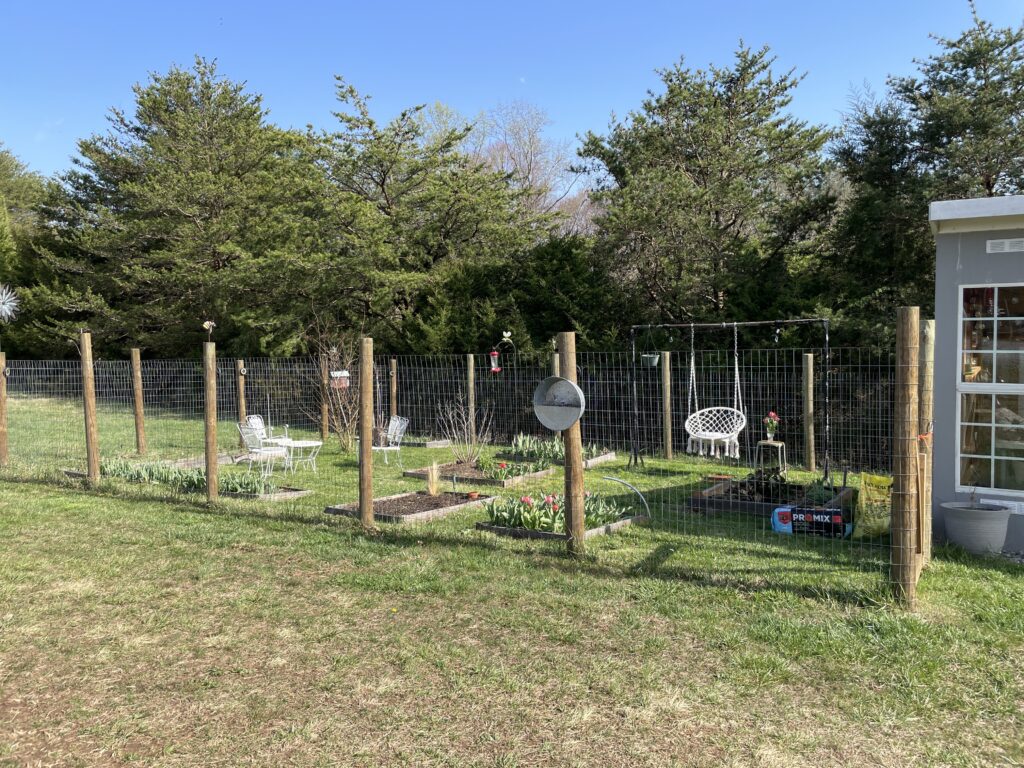
However, if you are hoping to protect a garden from deer, especially if you have concerns that overnight they’ll graze among your flowers and consume all of your profit, I recommend fencing. As pictured, this is the fencing in my cut flower garden. It really does provide protection assurance, since deer are less likely to jump over 5′ tall fencing, than something shorter. I know it can happen, but it has never happened to me.
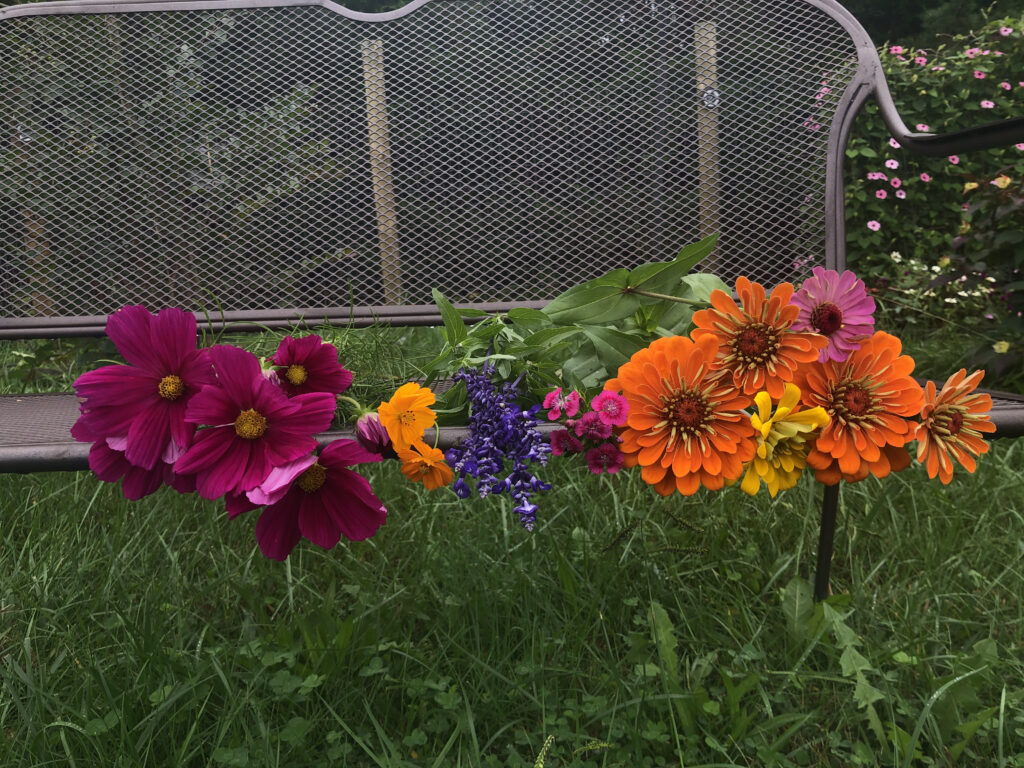
A Final Note to Ensure Success
After you’ve established your garden location, ensured adequate drainage, prepared your soil, and planted seeds and flowers, make sure you water your plants! Water is essentail to the germination and growth of flowers. It’s so important to regularly check the soil to ensure that it’s not dry, and that it remains moist.
Support local as much as possible. Local nurseries and garden centers offer fresh flowers that are often a higher quality. Typically, they sell varieties that are specific to your zone, especially if your zone is mountainous, with climate a little different than your state’s zone. Some nurseries grow their plants from seeds, and that helps ensure strength in the germination process. Chances are you may find your new favorite place that offers consistent guidance for your new garden endeavors.
Your garden is going to be a success for sure!
